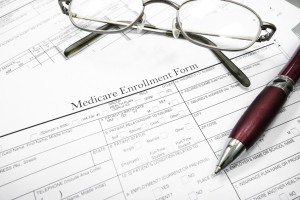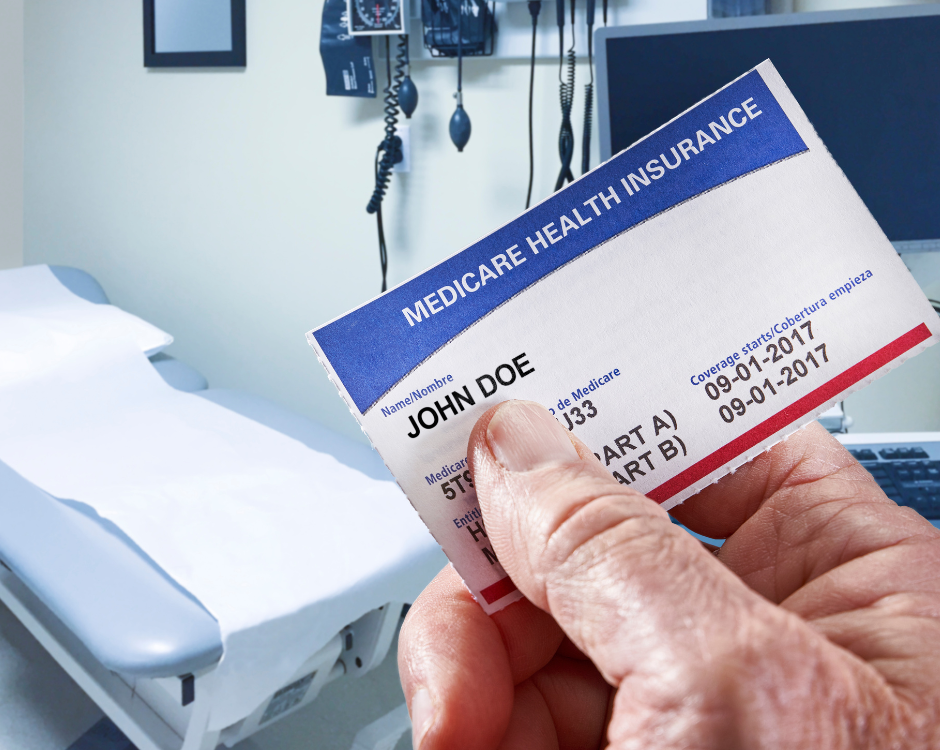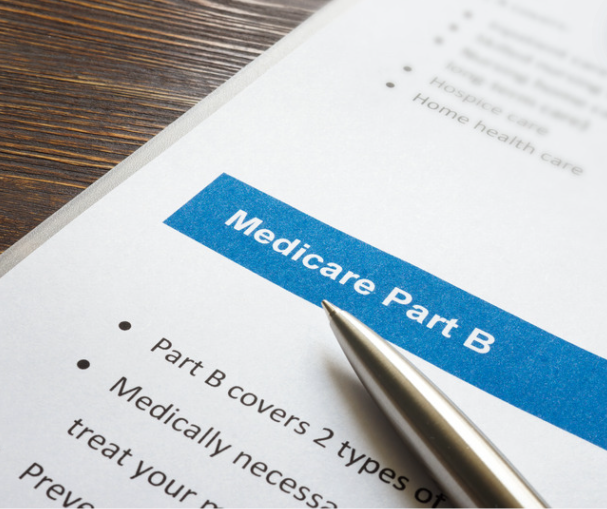- Licensed & Approved Agency in Multiple States
- (888) 901-4870
- (404) 996-0045

How To Avoid Medicare Late Enrollment Penalties
December 10, 2016
Key Medicare Enrollment Periods
February 10, 20172017 Medicare Changes You Need to Know About
This post quickly explains the 2017 Medicare changes you need to be aware of. Inflation has been reasonably tame, and that’s usually a good thing for senior citizens. However, certain Medicare costs are seeing a slight increase for 2017. Here’s what to expect for 2017, and how the changes may affect you.
Part A
Part A deductibles and coinsurance amounts are going up this year, as follows:
- The inpatient hospital deductible is increasing from $1,288 per year to $1,316 in 2017.
- The Daily co-insurance for hospitalization, day 61 to day 90 is increasing from $322 to $329.
- Your daily coinsurance for lifetime reserve days is $644 to $658.
- Skilled nursing facility coinsurance is increasing from $161 to $164.50.
If you’re getting Social Security benefits (OASDI), there’s a very small COLA (cost of living allowance) for 2017 of 0.3 percent. The small COLA amounts to about $5 dollars for the typical beneficiary, and affects the cost of Part B premiums, which are normally deducted from Social Security benefits if the beneficiary is receiving them.
Part B
Part B premiums are going up this year – by roughly 10 percent as of 2017. However, this is actually good news, as many observers last year were anticipating even bigger increases. However, the Department of Medicare and Medicaid Services has indicated it has sufficient reserves to limit the increase to 10 percent this year.
The standard Part B premium amount in 2017 is $134, an increase from $121.80 in 2016. Those with higher incomes can expect to pay more, but the majority of beneficiaries will wind up paying somewhat less than this amount. On average, beneficiaries will be paying $109.
However, you will have to pay the standard premium amount of $134 per month if you are enrolling in Part B for the first time in 2017, if you are not receiving Social Security Benefits, if you are directly billed for part B premiums, or if you have Medicare and Medicaid and Medicaid pays your premiums (though it’s your state, not you, paying the $134 per month).
You will also pay the standard amount if your adjusted gross income from 2 years ago (as reported on your tax return) is above a certain amount. The higher your income, the higher your Part B premium will be, up to a maximum of $428.60 per month for those whose incomes are above $214,000 for single filers and above $428,000 for married couples filing jointly ($129,000 for married couples filing separately).
The Part B deductible is also increasing, from $166 per year in 2016, to $183 in 2017.
After that point, Medicare Part B will typically pay 20 percent of the Medicare-approved amount for most doctor services, outpatient treatment and durable medical equipment costs.
Part C and D
Part C (Medicare Advantage) and Part D (Prescription Drug) plans can make changes each year—things like cost, coverage, and which providers and pharmacies are in their networks. Plans also can change their provider networks throughout the year. If you’re in a Medicare Advantage plan or Prescription drug plan, always review the materials your plan sends you each year. You should receive an Annual Notice of Change letter in the mail explaining any changes for the upcoming year.
Make sure your plan will still meet your needs for the following year. If you’re satisfied that your current plan will meet your needs for next year and it’s still being offered, you don’t need to do anything.
If you have questions about your Medicare coverage, or any of the 2017 Medicare changes, and if you want or need further protection against the high costs of medical care, call us today at Lifelong Insurance. Call toll free at 888-901-4870 from anywhere in the country, or go the contact us page and send us a message. Thank you.




